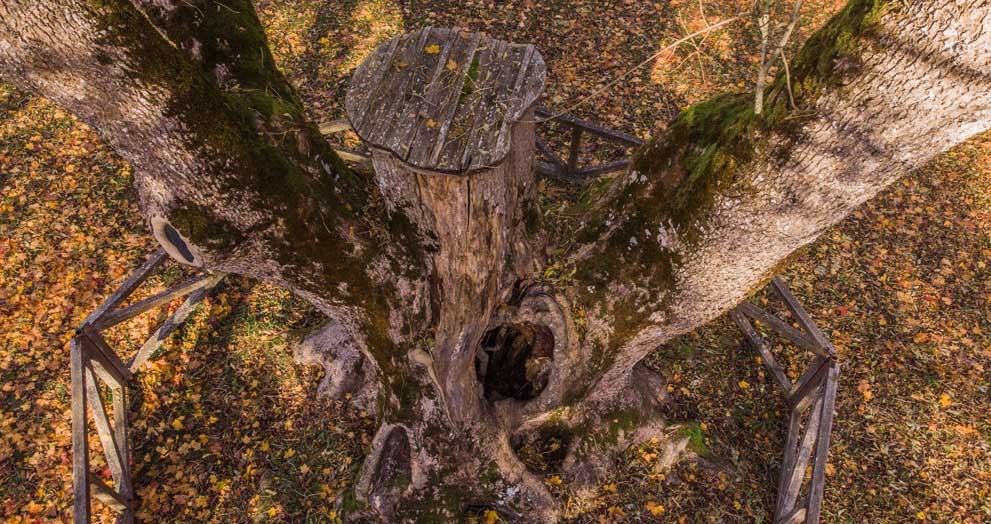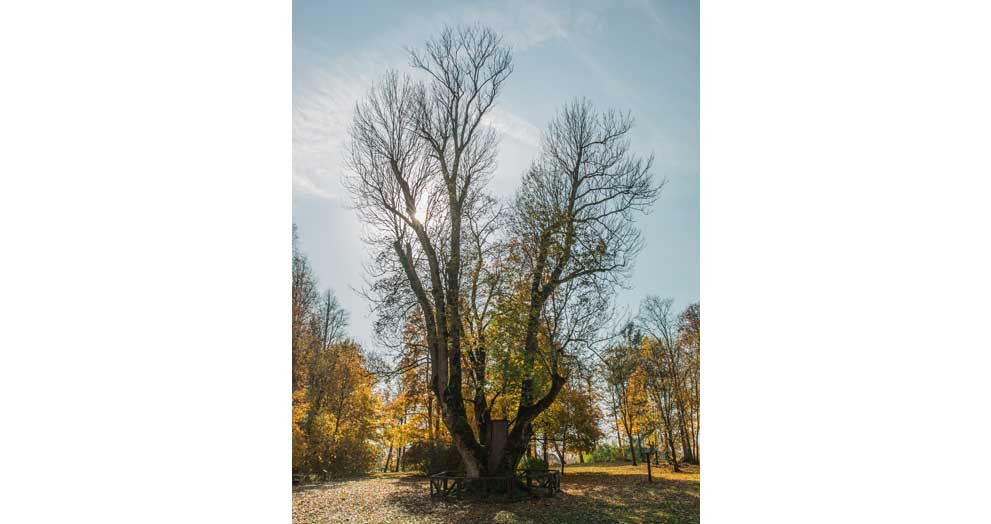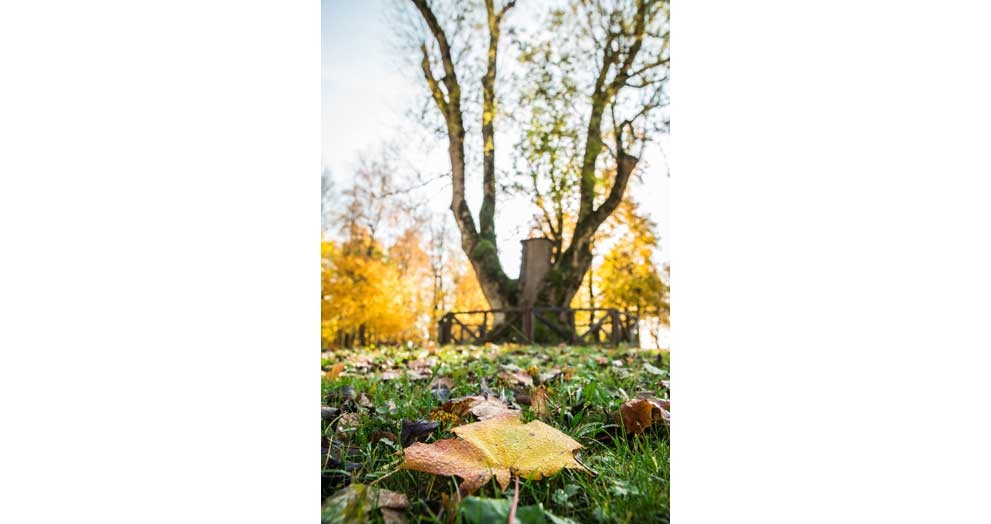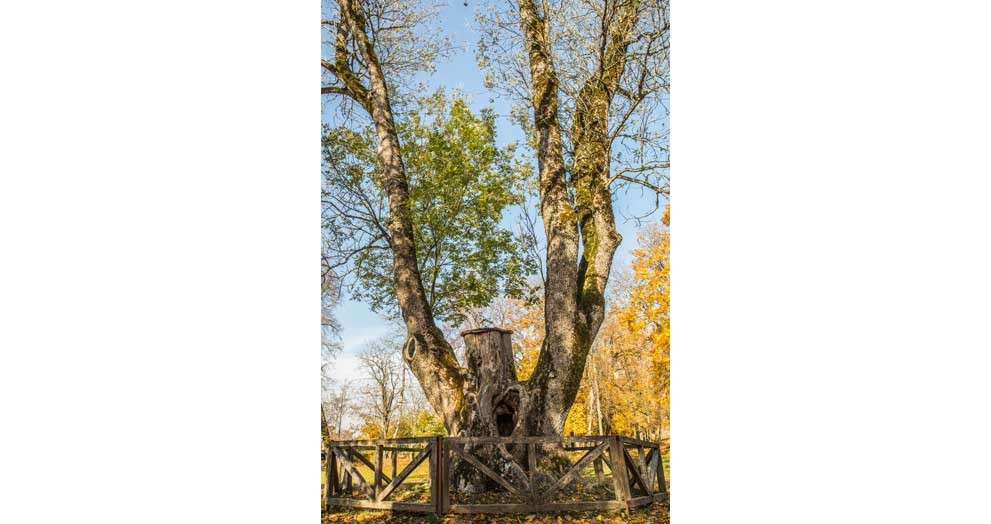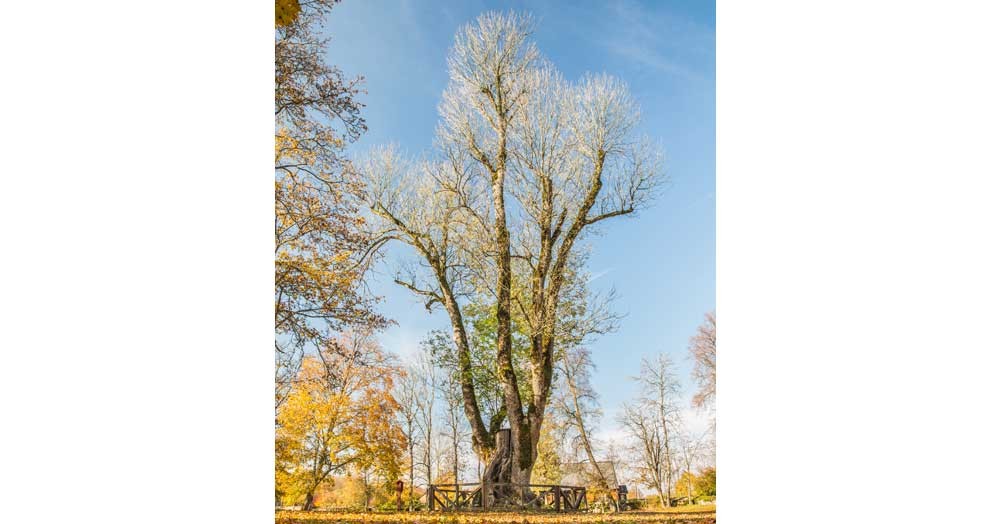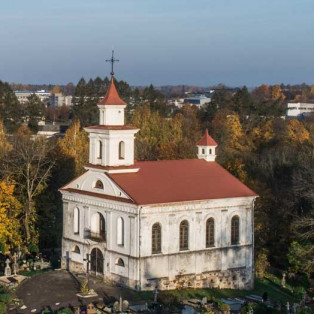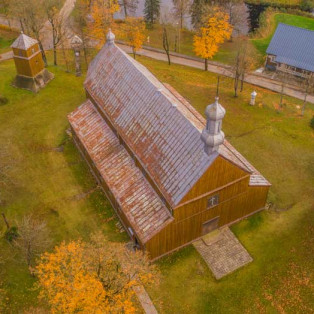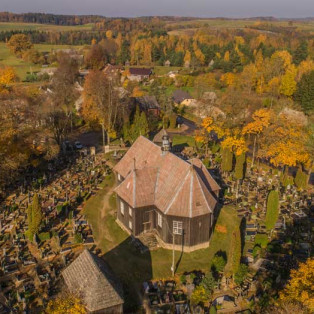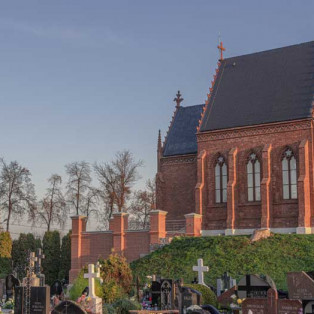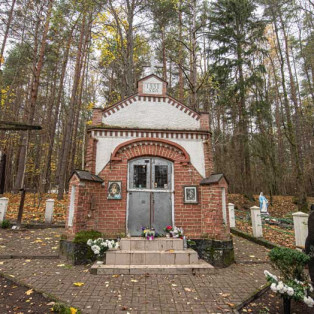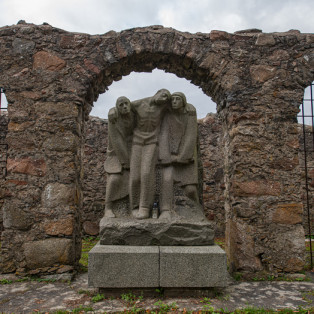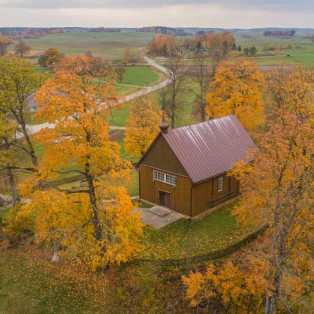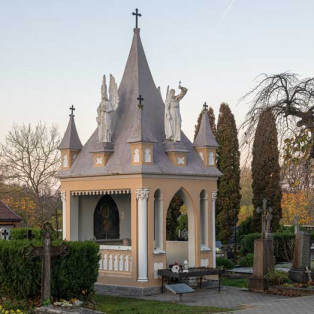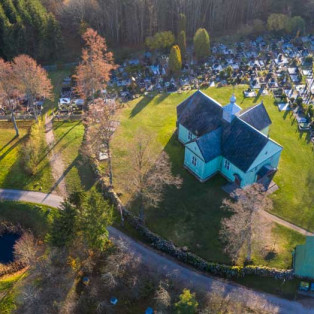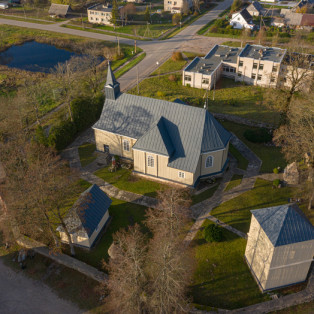The Witch’s Ash is a botanical natural heritage object protected by the state. The tree grows in the park surrounding the Plateliai Mansions, in the territory of Samogitia National Park. The trunk of the European Ash measures 730 cm, with a height of 32 m, and it is more than 200 years old. The Witch’s Ash was declared a natural monument in 1960.
The story of the tree is interwoven with legends, and the name of the tree itself is associated with stories of witches who would often mislead people. One of the most famous stories tells of a woman who was misled by the witches in the forest on her way home. She had walked for a long time, unable to find her way home, until she grew tired and sat down beside an ash tree to rest, where she fell asleep. A witch grabbed the loaf of bread that the woman was carrying with her, but just at that moment the roosters began crowing, and the witch had to flee. Out of anger, she threw the loaf at the tree, where it turned into a bump in the tree trunk...
Plateliai Mansion Park began to be formed in the 19th century, in an area encompassing 6.2 ha. The park has a mixed character, but its landscaping features are dominant: avenues, winding paths and irregular meadows. Within the park there are two small ponds, as well as the foundations of a mansion that burned down. Local tree species are dominant and include: European ashes, maples, linden (lime trees), hornbeams and rowans. Most of them are of a large size. Besides the Witch’s Ash, the well-known Plateliai Linden is also situated in the park.
In the summer of 2008, a storm broke the thickest central trunk of the Witch’s Ash. After this incident, the tree was pruned and reinforced by the famous Czech arborist, Martin Nemec.
- Audio guide (3 MB )



